Łobez 2024-11-09
Łobez Railway Station.
Geographic coordinates: 53.636N 15.628E. Elevation 64 m (209.97 ft). Address: Kolejowa Street 6, 73-150 Łobez.
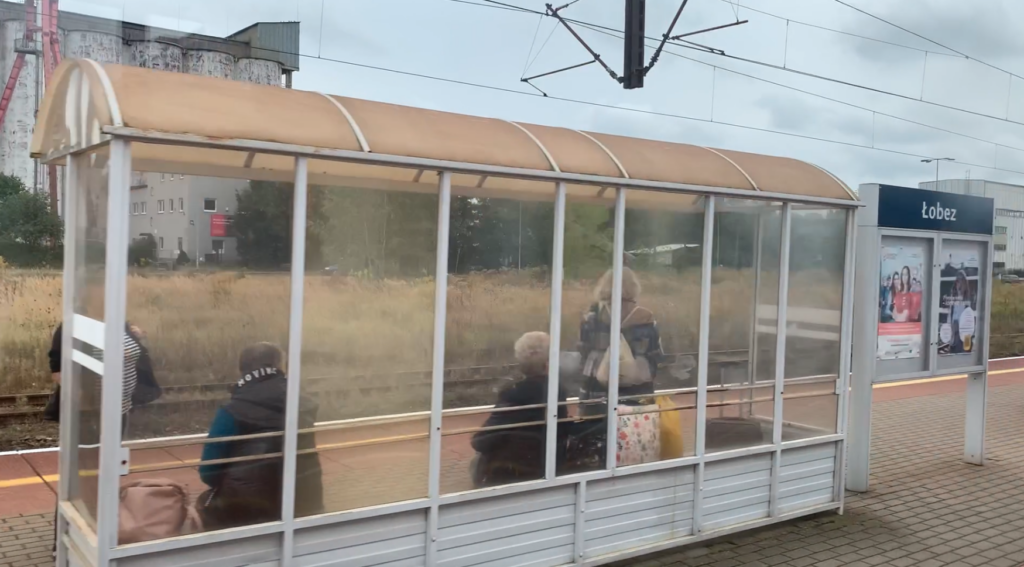
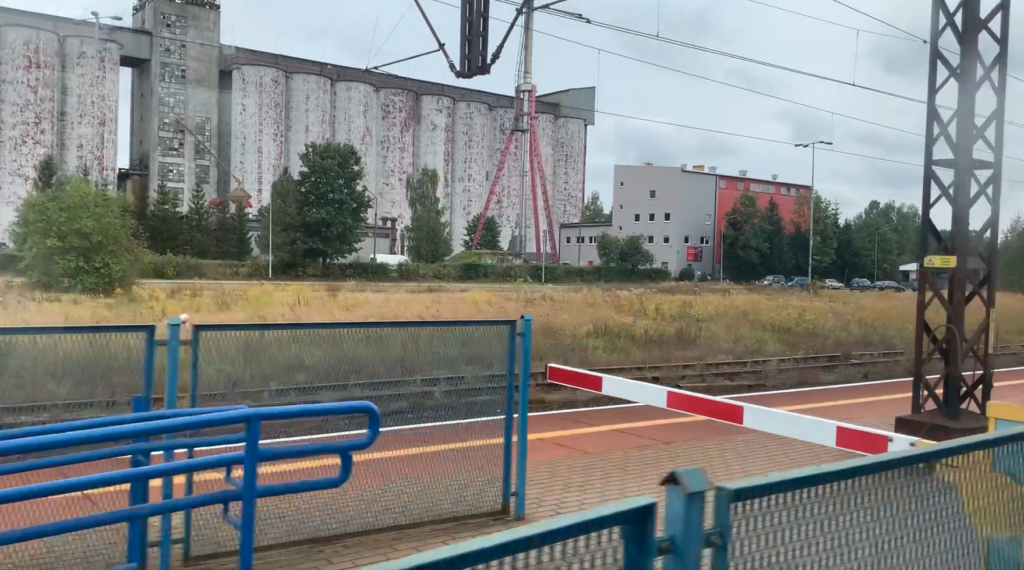
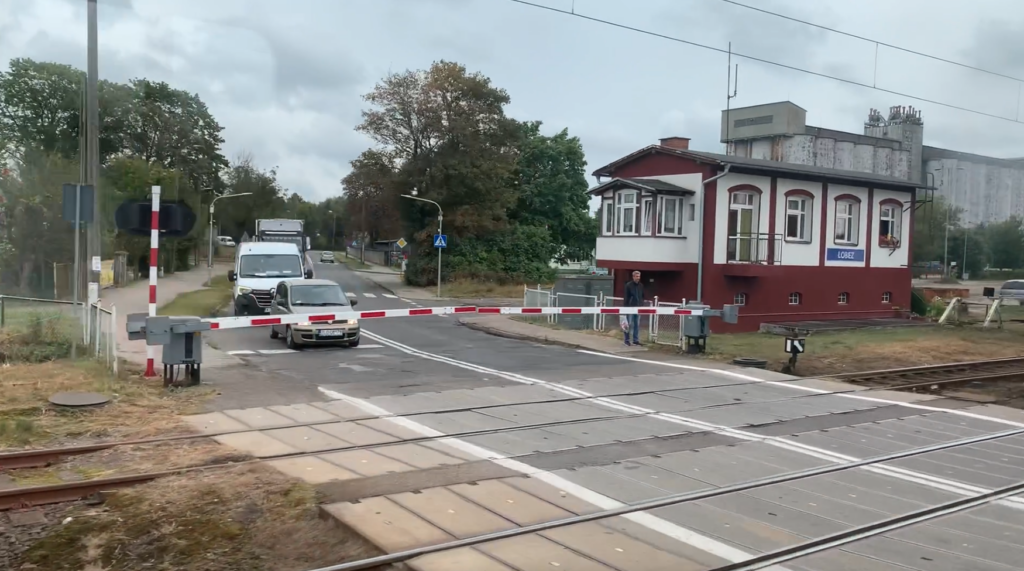
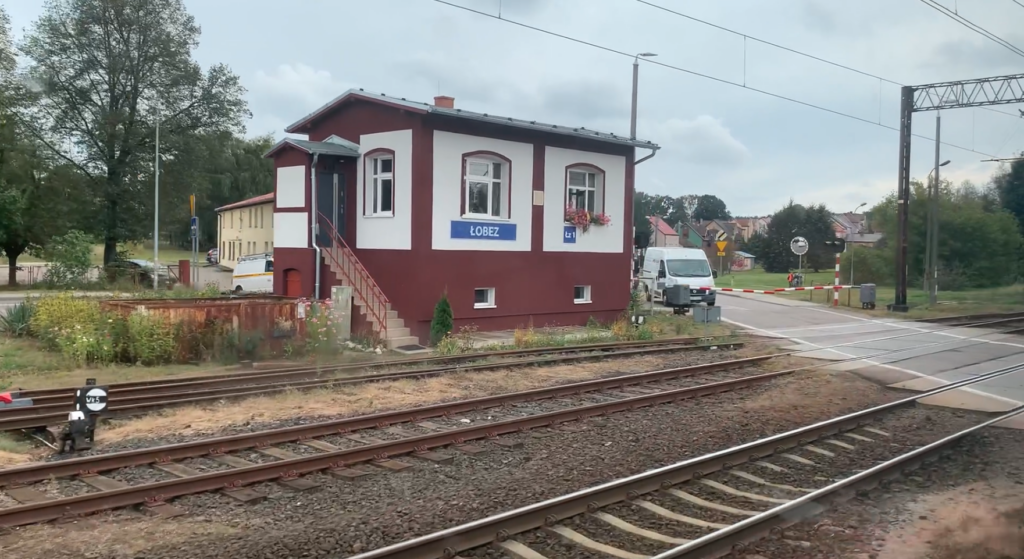
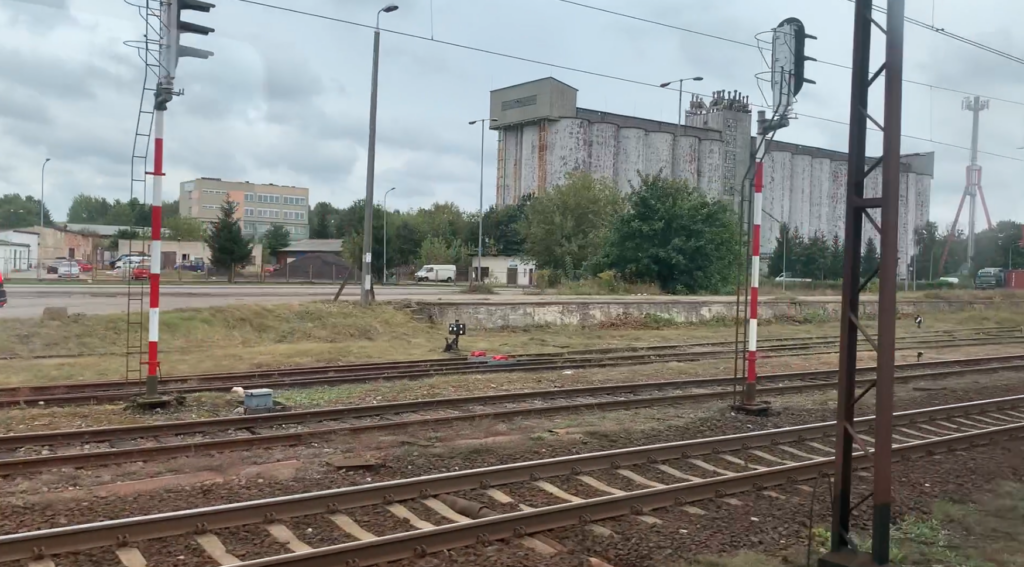
Łobez.
Łobez is a city in northwestern Poland, in the West Pomeranian Voivodeship, Łobez County, Łobez Commune. The city has the rights of an urban-rural commune. The city’s area is 12.84 km2. The city’s population is 9,977 people (2021). From the city of Łobez, the distance to: Stargard 57 km. Wałcz 77 km. Koszalin 81 km. Szczecin 90 km. Poznań 182 km. Warsaw 435 km.
Geographically, the city lies on the Rega River, on the Łobez Upland. The Łobez Land is characterized by a great diversity of plant and animal forms. There are many forests and woodlands, more than the average in Poland. Among the mixed forests, pine, beech, oak, birch and spruce predominate. The great wealth of Łobez forests are blueberries, blueberries, cranberries, raspberries, blackberries and mushrooms. The name of the city of Łobez has been formally in force since May 19, 1946.
The settlement of Łobez was founded in the 12th century, as a stronghold of the Pomeranian Slavs, to defend against attacks by people from the west. The population settled on the stronghold, who were engaged in agriculture, crafts and trade. The settlement received city rights in 1275. In 1348, city rights were changed to Lübeck rights. The city received defensive walls, which survived until the 18th century. From 1460, the city had its own court. There was also an executioner’s office. In 1648, the city became part of Brandenburg, and from 1701, part of the Kingdom of Prussia, which from 1871 became part of the Germanic Empire.
Throughout its existence, Łobez was a service center for the immediate surroundings in the field of agriculture, trade and crafts. These functions exist to this day. Several industrial plants were built, mainly based on local raw materials, such as a starch factory, a mill, a dairy, a distillery and a brickyard. In 1859, a railway line was built from Stargard to Koszalin, which significantly activated the city’s economy. At the end of the 19th century and at the beginning of the 20th century, many Poles worked seasonally on local farms, who in the autumn of 1939 became forced labourers.
During World War II, the entire city centre was in ruins, and the destruction affected 68% of the buildings. Residential houses, craft workshops, the railway station, the church and the town hall were damaged. During World War II, there were several POW camps in the city area, in which by the end of 1944, there were 2,800-6,000 prisoners. There were 5,500-6,000 forced labourers in factories and Germanic farms. On March 3, 1945, the city of Łobez was occupied by the Soviets and 68% of it was destroyed. The great ones of this world decided that Western Pomerania and the city of Łobez were to be incorporated into Poland. By the decision of the communists, the Germanic population was relocated to the west. The people who came to Western Pomerania were: repatriates from the Kresy, people from central Poland, as well as some prisoners of war and forced laborers who remained here. The Polish administration left the Germanic administrative division into counties.
The most valuable monument in the city is the Church of the Sacred Heart of the Lord Jesus, Roman Catholic. The temple was founded in the 15th century by the Borek family, of Protestant faith. The building of the Polish Post Office is a valuable monument. Numerous industrial monuments are valuable: the water tower, railway signal boxes, factory chimneys, viaducts and bridges.
Łobez Railway Station.
The railway line through the city of Łobez was laid in 1859. The first train arrived at the station on June 1, 1859, from the Stargard side. Currently (2024) it is railway line No. 202 Gdańsk Główny – Stargard. According to the PKP classification, it has the category of a local station. Passenger and express trains stop at the station; PolRegio and InterCity carriers.
Initially, the station was relatively simple, built in a typical Prussian style, with a steep roof. Over time, the station was expanded and resembled the station that is at the Runowo Pomorskie station. The station was destroyed as a result of fratricidal fighting (Soviet-Germanic) in March 1945. When the railway was taken over by PKP, an outbuilding was adapted for ticket offices. Plans for a new station were made in the 1950s. It was opened at the beginning of the 1960s. The station consists of a ground floor hall, which houses; a waiting room, ticket offices, a buffet, a RUCHU kiosk, and toilets. The hall has a basement. Wide stairs (5 entrance steps) lead to the entrance door. On the north side there is a three-storey wing, which is covered with a flat roof. Inside there are railway employees’ service rooms. The frontage of this part is decorated with a stylised inscription ŁOBEZ and a large railway clock with a white face. The same inscription and clock are on the side of the tracks. As a result of one of the renovations, the station hall was significantly reduced. Two ticket offices and several benches were left as a waiting room. Since 2006, the ticket office was open from 6:00 to 21:45. Currently (2024) the ticket office is closed. Tickets can be purchased online or on the train. The toilet is outside in the form of a ToyToy cabin. The station is plastered and painted light yellow. In front of the station there is a road square, the roadways of which are paved with concrete blocks.
There are two platforms at the station. Platform 1 is single-edged and is on the station side. Platform 2 is an island platform and has two platform edges. Unlike other railway stations on LK No. 202, in 2010, the station underwent a general renovation. Platform 2 was completely rebuilt, which was raised. Height 0.50 m, above the railhead. The platform edge is lined with burgundy prefabricated slabs, measuring 1 m x 2 m, with a yellow warning line and a white edge line. The rest is lined with gray concrete blocks measuring 10 cm x 20 cm. For passengers, three bus shelters with benches have been installed on the platform. On the platform there are display cases with railway information, lighting, and waste bins. Access to the platform is at the level of the tracks from the north and is secured with barriers. Platform 1 has not been renovated. It is a low platform, 0.20 m high from the railhead. The surface is made of concrete pavement tiles, measuring 0.50 m x 0.50 m.
Currently, three active tracks run through the station. All are at the platforms. On the eastern side of the station level, there is a freight track and it is not used. There was a wagon scale at the station. There is an unusual water tower on Kolejowa Street, which is square at the base. The tower is built of red brick. The tank level is plastered. The roof is hipped, with a large slope and is covered with tiles. There is no tank in the tower anymore. The tower is in good technical condition, and on the side of the tracks, there is an inscription on the wall of the building: ŁOBEZ. A similar water tower stands at Resko station. The former railway warehouses are used by small private companies.
There are two signal boxes at Łobez station; the “Łz” signal box from the Świdwin side and the “Łz1” signal box from the Runowo Pomorskie station side. The “Łz” signal box serves the rail-road crossing along Drawska Street, and the “Łz1” signal box serves the crossing along Węgorzyńska Street. There are light semaphores at the station.
In 2017, the station served up to 700 passengers per day. In 2022, the station served up to 800 passengers per day. On November 9, 2024, 23 passenger trains departed. It was possible to travel to the stations: Białystok, Gdańsk Główny, Koszalin, Olsztyn Główny, Słupsk, Stargard, Szczecin Główny.
Written by Karol Placha Hetman
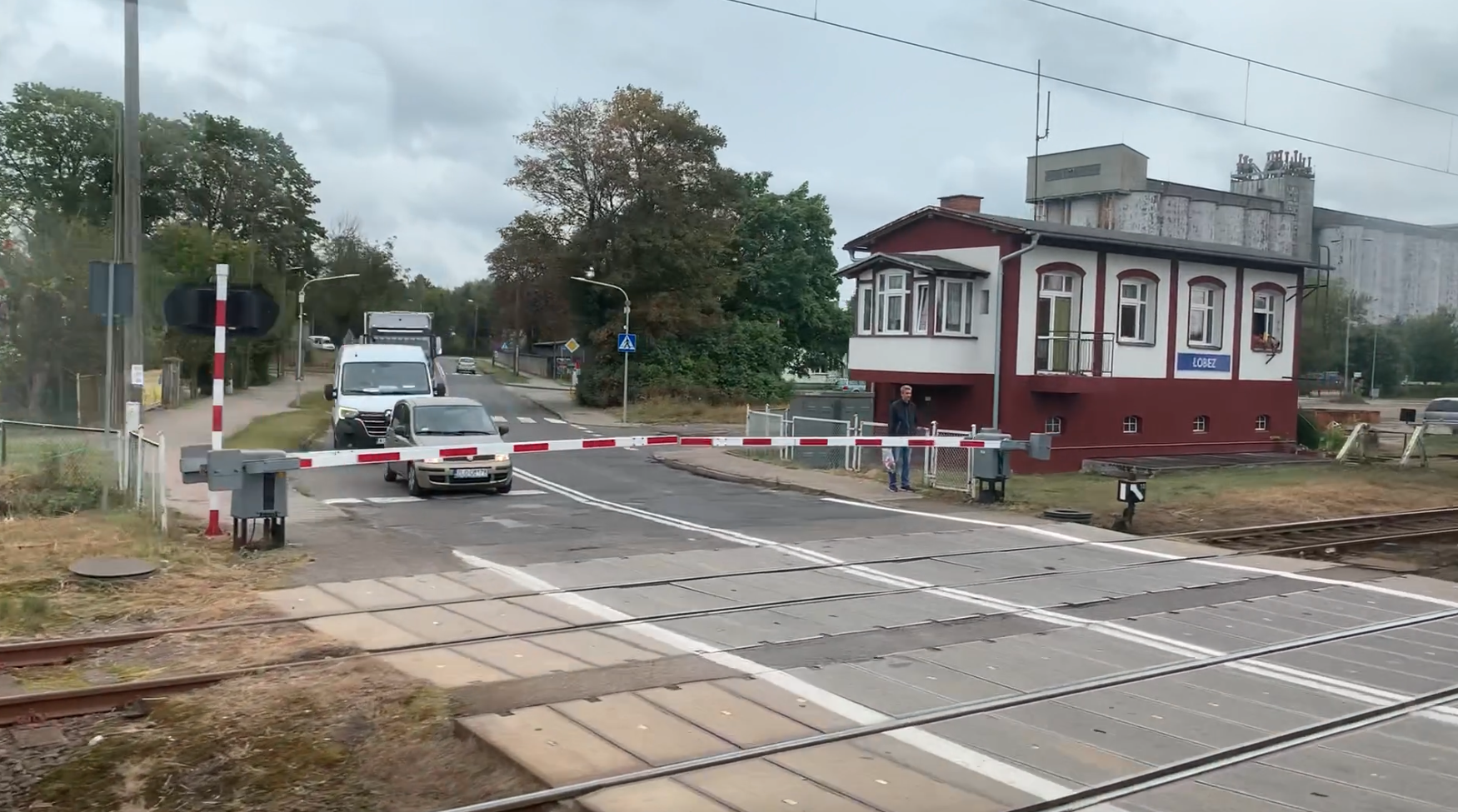
Leave a Reply
You must be logged in to post a comment.